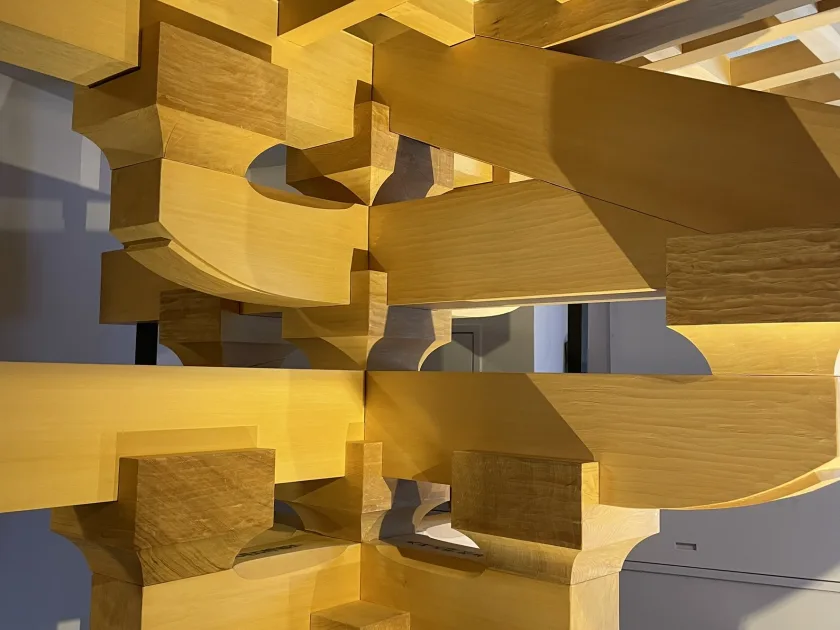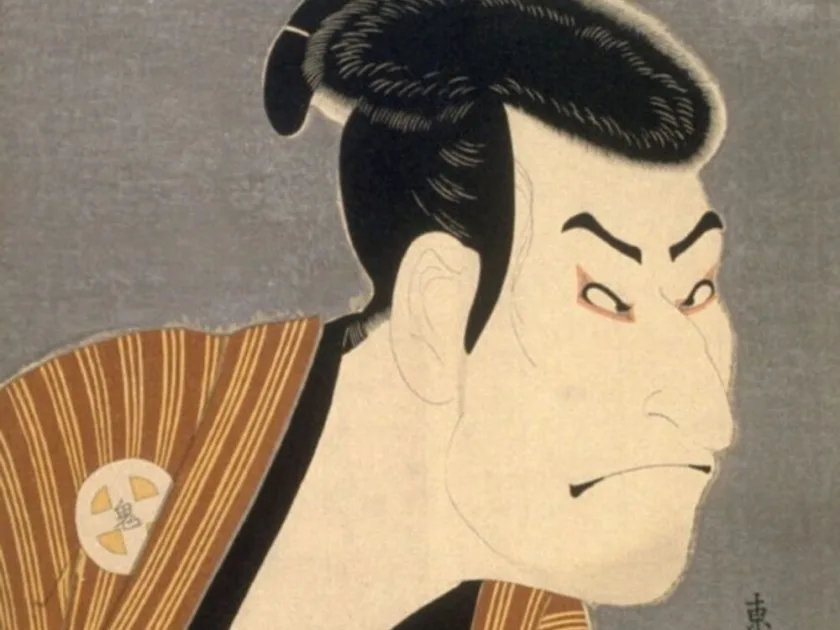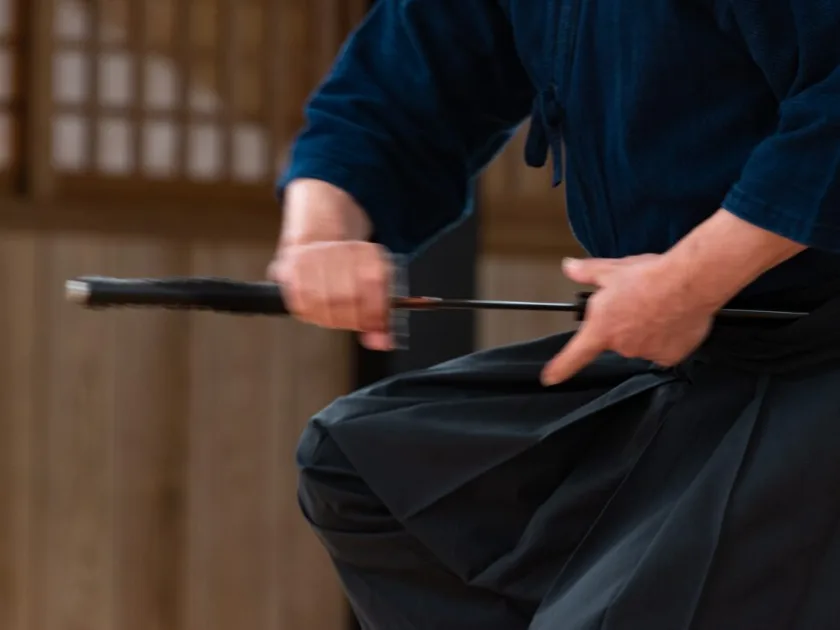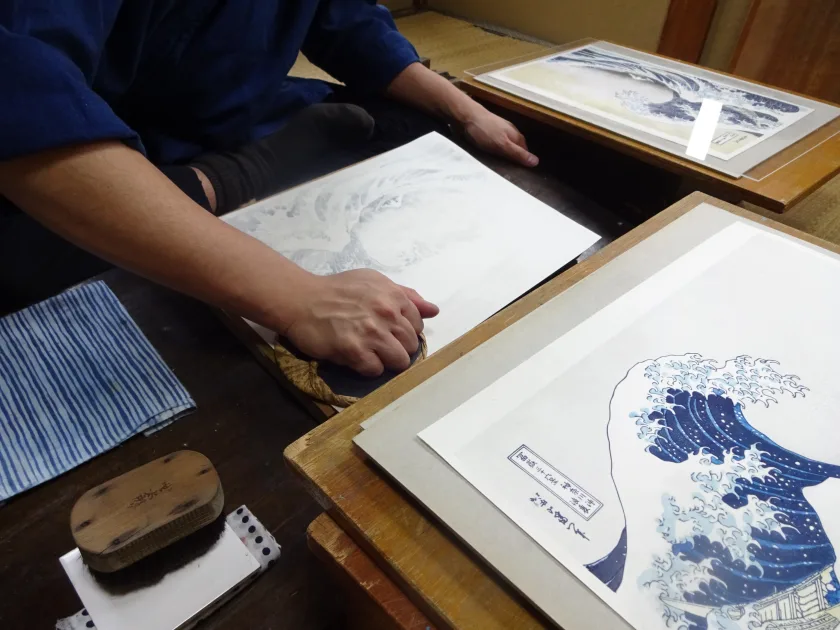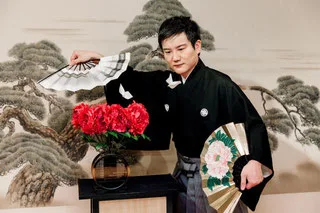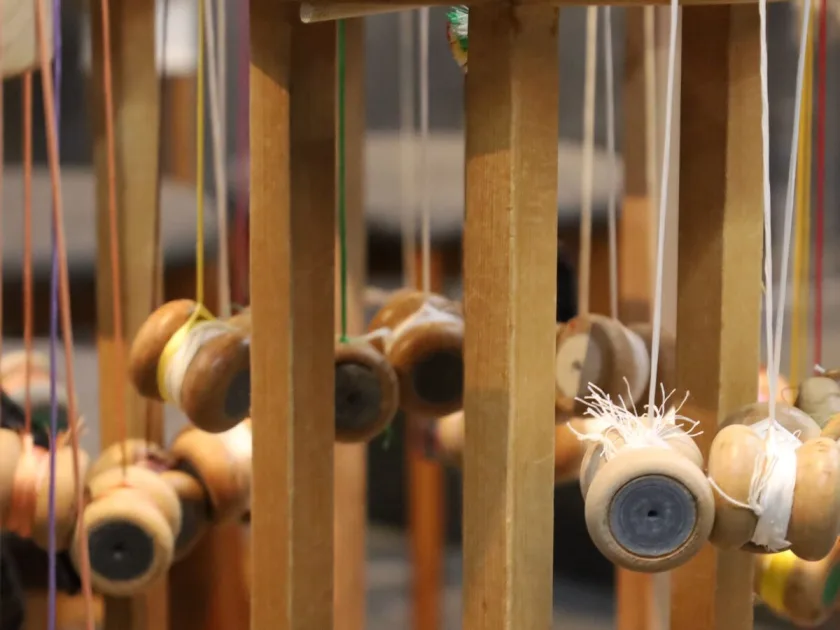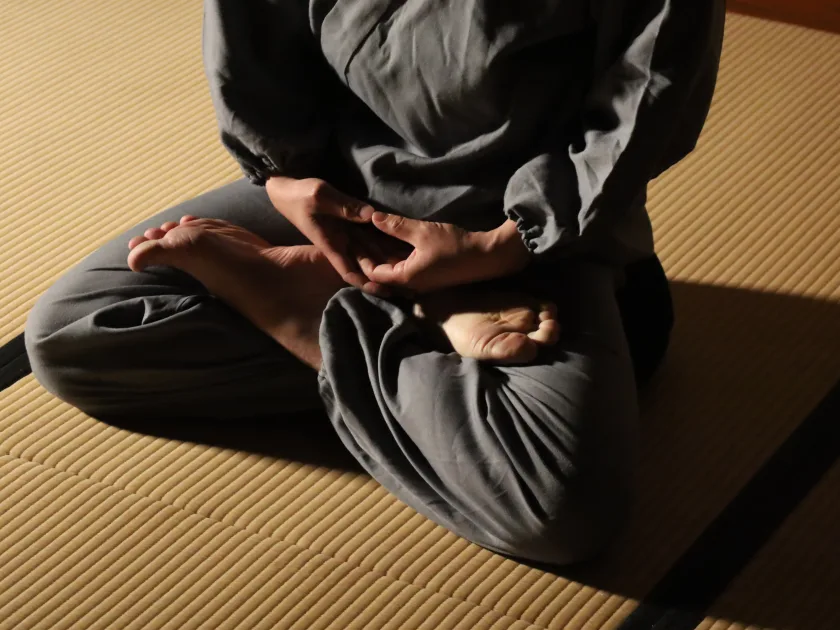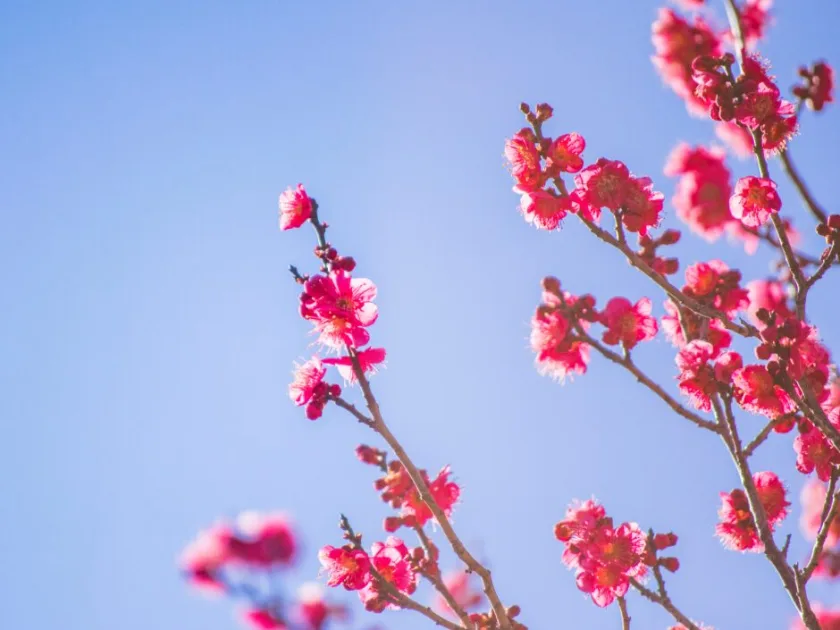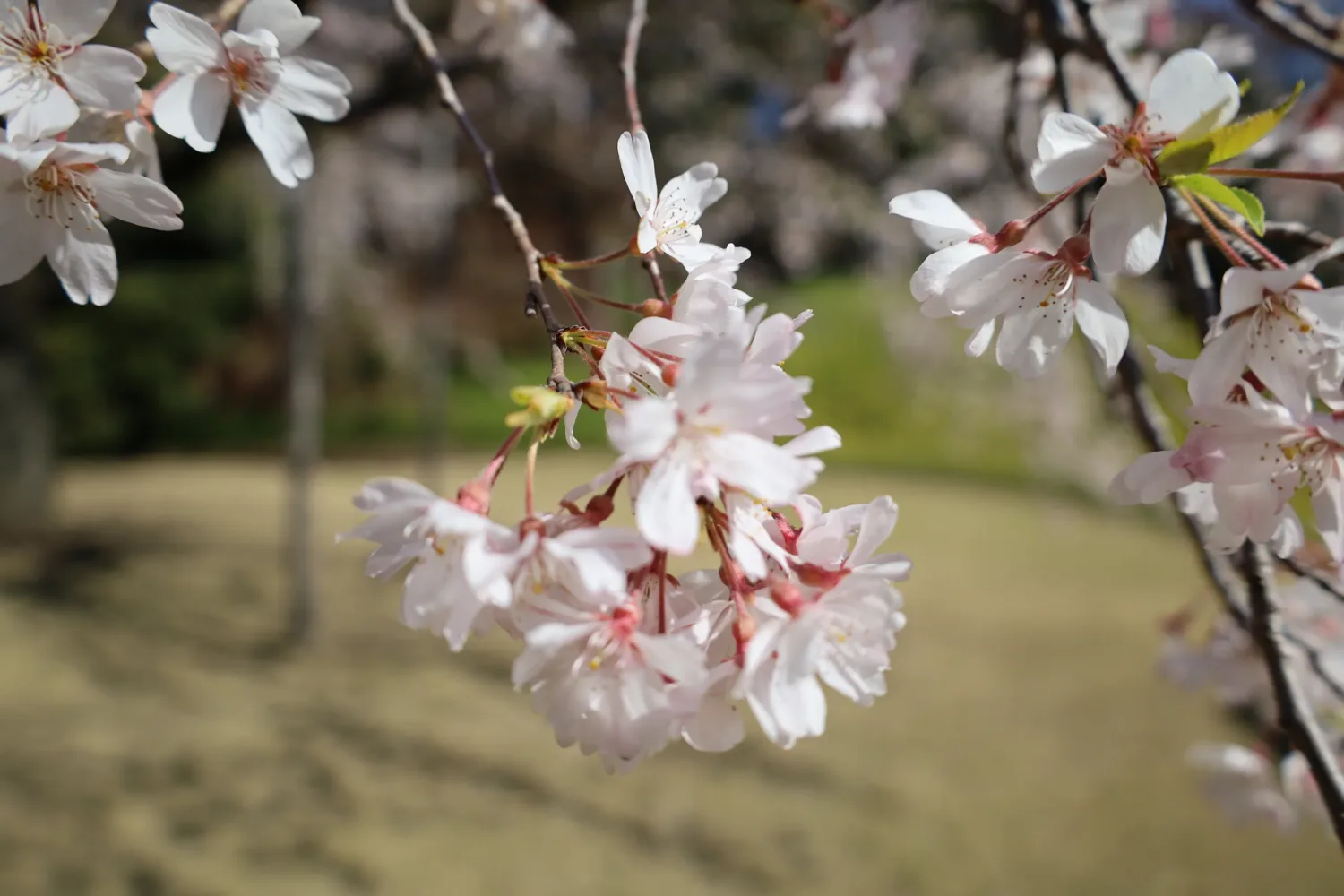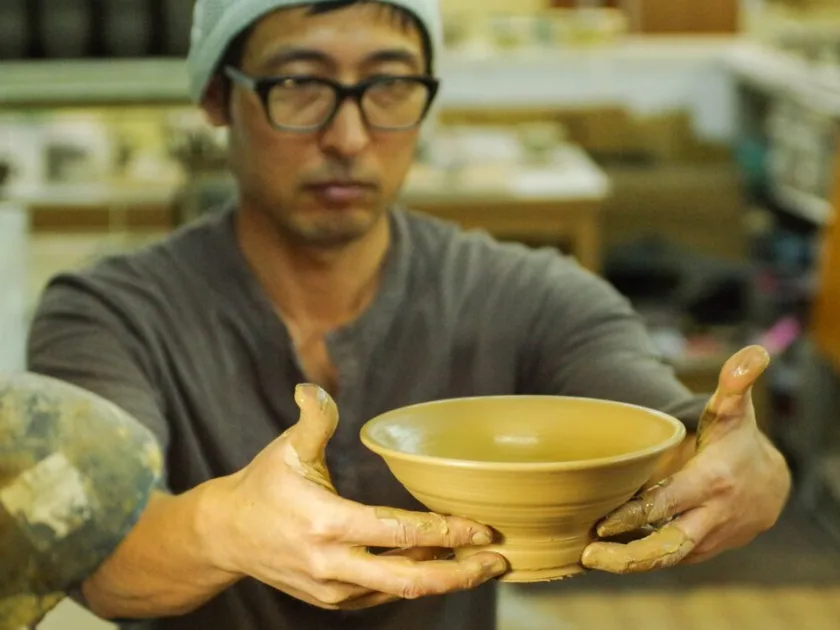Discover the Art of Japanese Woodworking Joints: Kigumi Experience
Discover the Art of Japanese Woodworking Joints: Kigumi Experience Explore the Precision of Japanese Woodworking Joints Kigumi Immerse yourself in the world of Japanese traditional techniques that have masterfully integrated natural materials like wood into architectural marvels, designed to withstand the forces of nature such as earthquakes and typhoons. These techniques have given rise to historic constructions like the Horyuji Temple, showcasing Japan’s rich architectural heritage. UNESCO Recognition of Traditional Japanese Architectural Techniques In 2020, these traditional Japanese architectural techniques, celebrated as ‘Traditional skills, Techniques and knowledge,’ were honored as UNESCO Intangible Cultural Heritage. Among the 17 cultural heritages recognized by UNESCO, ‘Carpentry for Buildings’ stands prominently, with ‘wood joinery’ or Kigumi, playing a pivotal role. The Timeless Legacy of Kigumi in Japanese Architecture Back to the Asuka period (592–710), kigumi or wood joinery is a hallmark of Japanese construction, exemplified by the Horyuji Temple, the world’s oldest wooden structure. This method eschews metal hardware, relying instead on the intricate carving and fitting of wood, allowing structures like Horyuji Temple and Himeji Castle to endure for centuries. Experience the Complexity and Precision of Kigumi At the “Kigumi Museum,” visitors have the unique opportunity to touch, assemble,

